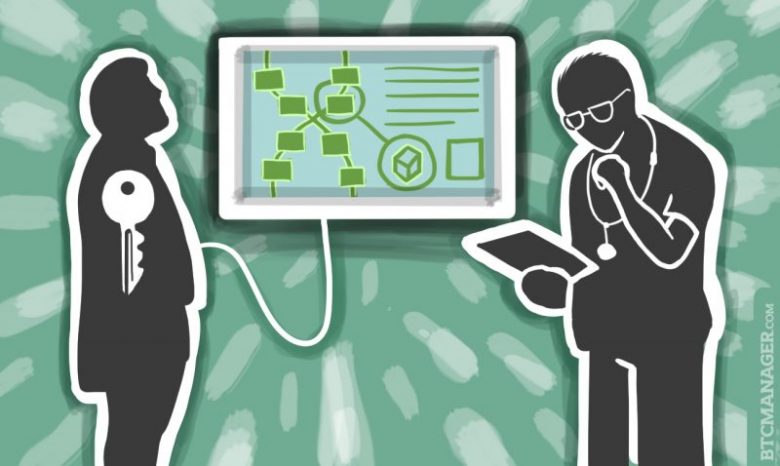Technology has transformed the ways that we do business. From leveraging CRM technology to creating data centers in the cloud, it’s clear that technology has helped us make incredible strides in business. One of the ways that businesses are using big data is in the hiring process. No longer can potential employers get accused of discrimination when software programs are used to recruit and narrow down the applicant pool.
 Background Checks
Background Checks
It used to be that an applicant would need to go down to the police station and get fingerprinted and then wait for the results of a background check for weeks. Technology has made it possible to connect with databases all over the world to run back checks at the local, state, national, and international levels. A quick background check is now run online in a matter of a handful of days instead. The speed at which this is done expedites the hiring process for many companies who rely on clear background checks to offer employment.
Reduces Discrimination
A software program looks for skills and experience. It helps to narrow down the applicants based on nothing else besides whether or not they can do the job. This is critical in the goal to reduce discrimination based on gender, race, or any other factors. Leveraging technology to handle a good amount of the hiring process means that you can ensure the right people get picked.
Allows for Smart Hires
There are several factors that employers look for in a candidate. Competence is one piece of the puzzle. But other pieces include personality tests, strengths tests, and emotional competence as well. Big data can help you utilize various tests to measure what each candidate is like in these areas. You can choose your employees based on the results of the tests versus just what you feel in an interview. While some amount of gut instinct is useful, test results give a clearer picture of what a person is like and how they will fit into your company.
Creates Consistency
Using Big Data and technology to assist in the hiring process creates a more consistent hiring process. No longer will one person be the hold-up for the process. The technology can help select just the right candidates every time. There is risk involved in this method. It’s hard to know what the software program is using to analyze each individual. So, choosing the right software from the best company is imperative. You’ll want to gain insight into how their analytics works to ensure that their algorithm is right for your business needs.
Scheduling Interviews
One of the hardest parts of hiring can be coordinating schedules with the right stakeholders. The interview process can be streamlined when you leverage technology to get everyone together. Big Data can help the interviewee pick the right time and it can also help your leaders be there for the interview. To schedule the best time and to communicate the time with the individual, interviews that leverage technology are more certain and simplified.
It’s Like EHarmony For Business
Imagine a system that could help you identify the best fit for any department? Want someone who will mesh well with the marketing team? Need a good fit for your tech team? What about your customer service? A program that uses more than just the experience and qualifications can be a game changer in your business. Technology is the future of hiring and can be an incredible asset. It’s like matching people for dates. That’s what big data can do for your hiring process.
Big Data Can Improve Engagement
The metrics you glean from data systems can help you determine a better way to engage your employees. While not directly related to hiring, having a system in place that monitors staff productivity and engagement is essential. Maybe the data shows that people start slowing down around 2PM each day. Their productivity drops. So, you devise a plan to offer breakroom snacks at that time to encourage people to get out of their desks, move around a bit, and get a boost of energy. Instead of punishing the slower production, you can give incentives to your staff. After their break, the productivity improves and you can see that you made a good decision.

Founder Dinis Guarda
IntelligentHQ Your New Business Network.
IntelligentHQ is a Business network and an expert source for finance, capital markets and intelligence for thousands of global business professionals, startups, and companies.
We exist at the point of intersection between technology, social media, finance and innovation.
IntelligentHQ leverages innovation and scale of social digital technology, analytics, news, and distribution to create an unparalleled, full digital medium and social business networks spectrum.
IntelligentHQ is working hard, to become a trusted, and indispensable source of business news and analytics, within financial services and its associated supply chains and ecosystems























 Background Checks
Background Checks



